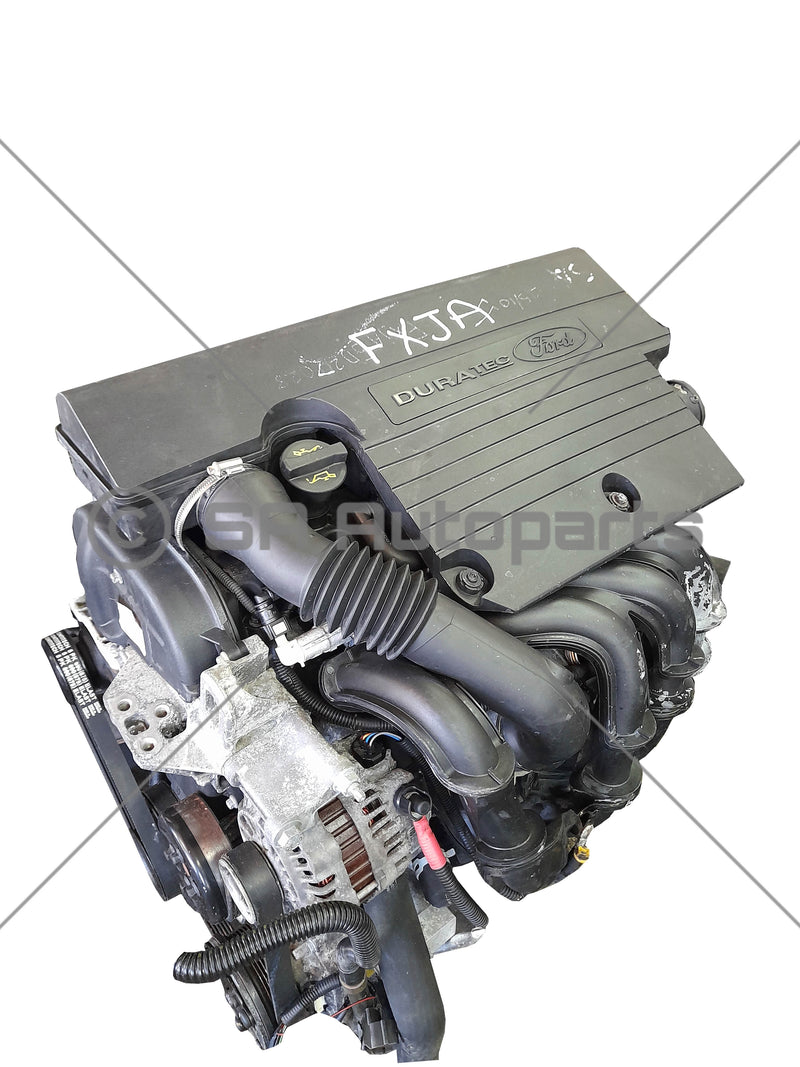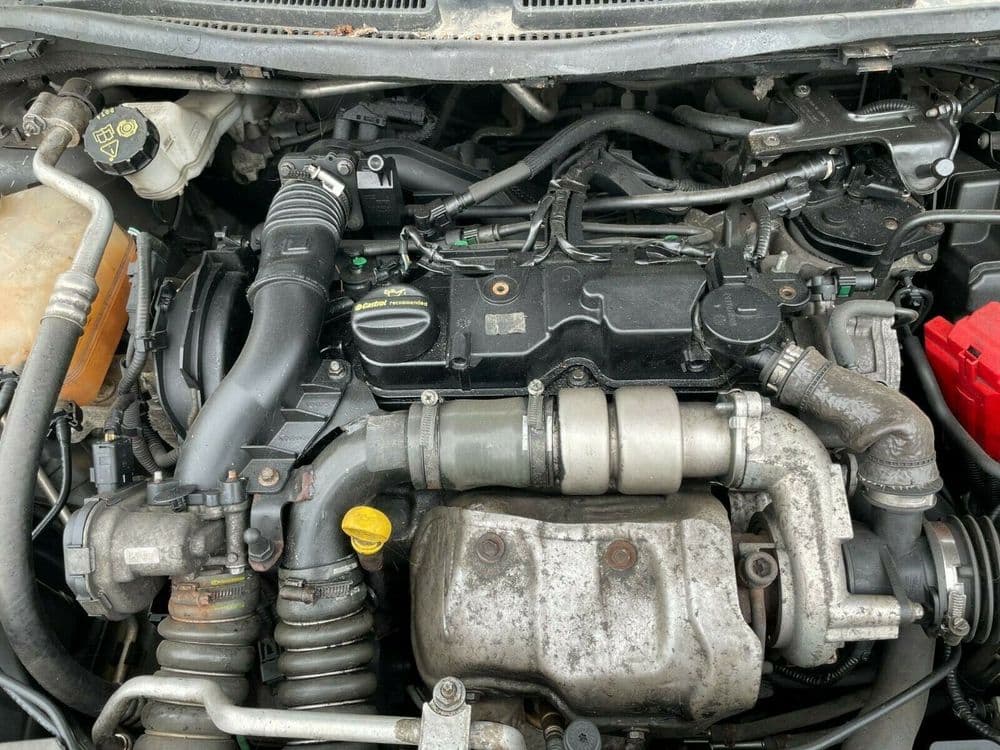The Future of Engines: Advancements Driving Lasting Power Solutions
As the automotive industry browses the vital transition in the direction of sustainability, the future of engines is significantly specified by groundbreaking advancements. Electric engine improvements, together with appealing advancements in hydrogen gas cells and biofuels, are improving the landscape of power remedies. The introduction of crossbreed systems additionally complicates this development, presenting both challenges and chances to decrease emissions effectively. Combined with the assimilation of synthetic intelligence in engine style, these technical strides increase important inquiries regarding their long-lasting viability and influence on standard paradigms. What might this imply for the industry and customers alike?
Electric Engine Developments
The evolution of electrical engine developments signifies a critical change in the automobile and aerospace sectors, driven by the urgent requirement for sustainable choices to nonrenewable fuel sources. This transition is characterized by significant improvements in battery modern technology, power electronics, and electrical motor style, which jointly enhance the effectiveness and performance of electric engines.
Recent developments have brought about the development of lighter, more energy-dense batteries, such as lithium-silicon and solid-state batteries, which promise longer varieties and shorter billing times. Furthermore, improvements in electrical motor performance, such as making use of irreversible magnets and progressed cooling down systems, make it possible for electrical engines to run properly under varying problems. These enhancements not just improve automobile performance but also add to a reduction in general energy intake.
Additionally, the combination of sophisticated software formulas has enhanced energy management in electrical vehicles, enabling for regenerative stopping and anticipating charging methods. As producers increasingly embrace electric propulsion, the aerospace and auto markets are seeing a standard change in the direction of greener innovations. This evolution not only meets governing demands but additionally straightens with consumer preferences for ecologically friendly transport remedies, solidifying electric engines as a keystone of future lasting movement.
Improvements in Biofuels
As the automobile and aerospace industries increasingly focus on lasting power sources, innovations in biofuels become a corresponding service to electrical engines. Biofuels, originated from organic materials such as crops, waste, and algae, provide an ingenious avenue for decreasing greenhouse gas exhausts and reliance on nonrenewable fuel sources.
Recent study has actually concentrated on boosting the effectiveness and sustainability of biofuel production. Second-generation biofuels use non-food feedstocks, minimizing competitors with food supply and decreasing ecological influence. Developments in artificial biology have actually enabled the engineering of bacteria to create biofuels more effectively, leading to higher yields and reduced manufacturing expenses.
Additionally, the growth of drop-in biofuels enables for seamless combination right into existing facilities, making it possible for a smoother transition for sectors generally depending on nonrenewable fuel sources. ford fiesta engine. These fuels can be utilized in present engines without alterations, facilitating their fostering throughout various markets
Investments in biofuel modern technology, in addition to helpful plans, are vital to drive innovation and scalability. As the global community seeks to battle climate change, biofuels supply a practical, instant remedy that straightens with the overarching objective of sustainability in transport and air travel.
Hydrogen Gas Cell Modern Technology
An expanding variety of companies and researchers are checking out hydrogen fuel cell modern technology as a practical alternative to traditional power resources in transportation and energy systems. This modern technology transforms chemical energy from hydrogen into electrical power with an electrochemical reaction, with water as the only by-product, making it an eco pleasant option.
The core of hydrogen fuel cells is the gas cell pile, where hydrogen molecules are split into electrons and protons. The circulation of electrons generates electrical power, while protons relocate with a membrane layer to incorporate with oxygen from the air, developing water. This process causes high efficiency and low exhausts, positioning hydrogen gas cells as an essential gamer in the transition to sustainable energy.
Considerable improvements have been made in enhancing the resilience and efficiency of fuel cells, alongside lowering expenses through ingenious manufacturing methods. The growth of hydrogen manufacturing approaches, such as electrolysis powered by eco-friendly energy sources, improves the sustainability of the general system. As infrastructure for hydrogen refueling expands and production methods end up being extra reliable, hydrogen gas cell technology holds fantastic promise for decarbonizing numerous markets, consisting of heavy-duty transportation and stationary power generation.
Crossbreed Systems and Their Influence
Crossbreed systems represent a substantial development in lasting engine technology, combining typical interior burning engines with electrical propulsion to maximize energy effectiveness and reduce emissions (ford fiesta engine). This dual strategy enables automobiles to use both power sources, allowing better flexibility in power usage and decreasing reliance on nonrenewable fuel sources

Along with environmental benefits, hybrid systems offer consumers a practical shift in the direction of completely electric lorries. They ease variety anxiousness by integrating the benefit of gasoline with the advantages of electrical propulsion, making them an appealing option for a wider audience. As producers buy hybrid technology, the growth of more advanced battery systems and lightweight materials continues to improve performance. Overall, crossbreed systems stand for an essential action towards achieving sustainable transportation and addressing the immediate demand for eco friendly power solutions.
The Duty of AI in Engine Layout
Leveraging advanced formulas and artificial intelligence strategies, the vehicle sector is progressively integrating expert system (AI) into engine design procedures. AI enhances the effectiveness and effectiveness of layout by assessing large datasets to determine ideal configurations and efficiency criteria. This capability enables engineers to replicate different operating conditions and anticipate engine actions under several situations, considerably minimizing the moment and cost related to standard prototyping techniques.
Furthermore, AI promotes the growth of advanced products and combustion procedures tailored for sustainability. By optimizing gas effectiveness and reducing exhausts, AI-driven layouts align with international campaigns focused on lowering the carbon impact of vehicle engines. Artificial intelligence formulas can additionally anticipate maintenance requirements, causing improved dependability and longevity of engine components.
Additionally, AI is instrumental in the assimilation of electrification innovations, such as hybrid systems, where it can maximize battery management and power recovery procedures. As the market relocates towards more sustainable power services, the duty of AI in engine design becomes progressively vital, driving innovation and boosting the efficiency of future engines. Ultimately, the cooperation in between AI and engine layout proclaims a brand-new era of smarter, cleaner, and much more effective automotive innovations.

Final Thought
Finally, the future of engines is being shaped by a convergence of ingenious innovations that focus on sustainability. Electric engine improvements, biofuel developments, hydrogen gas cells, and hybrid systems collectively add to a substantial decrease in emissions and environmental influence. In addition, the assimilation of expert system in engine style enhances efficiency and efficiency. These transformative solutions emphasize a commitment to developing a cleaner, extra lasting auto landscape, eventually benefiting both society and the environment. Clicking Here
Electric engine improvements, along with promising growths in hydrogen fuel cells and biofuels, are reshaping the landscape of power remedies. In addition, renovations in electrical motor effectiveness, such as the use of irreversible magnets and progressed cooling down systems, allow electric engines to operate properly under differing conditions. By maximizing gas efficiency and reducing emissions, AI-driven layouts line up with international campaigns aimed at lowering the carbon impact of automobile engines. As the sector moves towards even more a knockout post sustainable power remedies, the function of AI in engine design ends up being progressively essential, driving advancement and enhancing the efficiency of future engines. Electric engine improvements, biofuel developments, hydrogen gas cells, and hybrid systems jointly contribute to a substantial reduction in exhausts and ecological effect.
Comments on “How to Maintain Your Ford Fiesta Engine for Long-Term Performance”